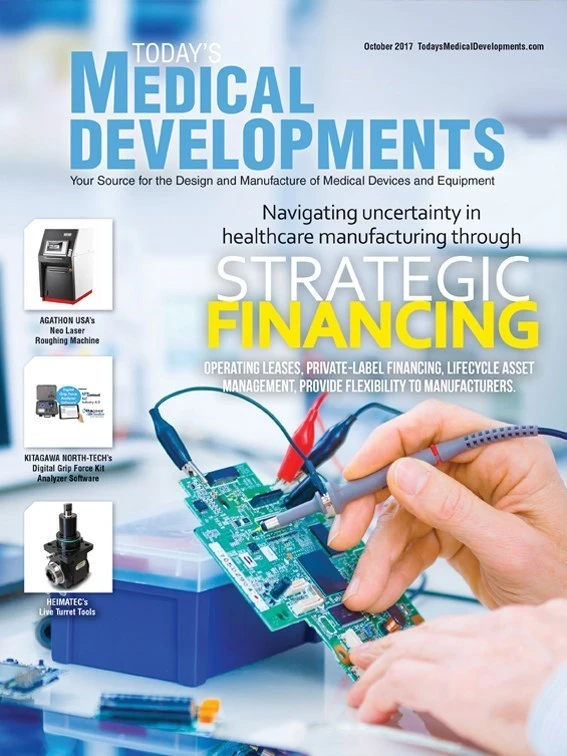
As artificial intelligence (AI) and robotics advance – providing drones, self-driving cars, and voice recognition – healthcare can benefit. One field capitalizing on advances is physical therapy, focusing on patients suffering mobility issues due to neurological injury.

The loss of motor skills is common in stroke survivors, as the body is often impaired on one side, leaving it difficult to walk or grip items. While traditional therapy methods still yield positive results, recent research has shown that the optimal way to treat patients is through a collaborative effort of robots and human therapists; the robots focus on reducing physical impairments, the therapists assist on translating the gains in impairment into function.
Commercialized robotic therapy solutions, enabled by machine-learning technology, have exceptional capacity for measurement and immediate interactive response. Human therapists can only guide a patient through a handful of movements during a session and track only significant movement as progress. A therapy robot can guide a patient through hundreds of movements during a session and sense even the slightest response – adjusting to the patient’s continually changing physical ability.
A robotic therapy system can guide the exercise treatment more precisely than a human therapist could, due to the amount of data it can process, making it smarter as it learns the patient’s capabilities. If a patient is unable to move, robotic therapy gently assists them to initiate movement toward the target. If coordination is the issue, robots can guide physical movement to ensure the patient is practicing the exact movement in the correct way. As the patient gains strength and ability, robots provide less assistance to provide greater challenge.

Robotic therapy intervention can provide quantifiable feedback on progress and performance in a way that a therapist cannot. With AI and robotics, data-capture and sensor abilities allow a therapist to show incremental improvements a patient is making, minute-by-minute, day-by-day.
This technology is not limited to stroke survivors. Patients who have suffered spinal injuries resulting in paralysis or other afflictions detrimental to mobility can benefit from robotics and AI. These technologies use transmission systems in combination with sensors in the feet, angle sensors in the joints, and inertial measurement units to feel how body weight is distributed. Combined with upper body information and movements, immobile patients can take a step on their own. The smart sensors are able to predict a movement before it’s made, allowing the user to follow through with that action.
This is not to say that the human element of therapy is archaic or obsolete. There is still an important factor of the human connection between a patient and a therapist. It is important, however, to augment the human element with the innovation of robotics to provide the care available.
Bionik Laboratories
www.bioniklabs.com
Get curated news on YOUR industry.
Enter your email to receive our newsletters.
Explore the October 2017 Issue
Check out more from this issue and find your next story to read.
Latest from Today's Medical Developments
- Siemens accelerates path toward AI-driven industries through innovation and partnerships
- REGO-FIX’s ForceMaster and powRgrip product lines
- Roundup of some news hires around the manufacturing industry
- Mazak’s INTEGREX j-Series NEO Machines
- The Association for Advancing Automation (A3) releases vision for a U.S. national robotics strategy
- Mitutoyo America’s SJ-220 Surftest
- #56 - Manufacturing Matters - How Robotics and Automation are Transforming Manufacturing
- STUDER looks back on a solid 2024 financial year





